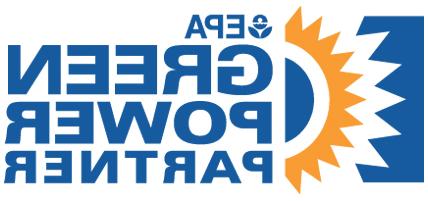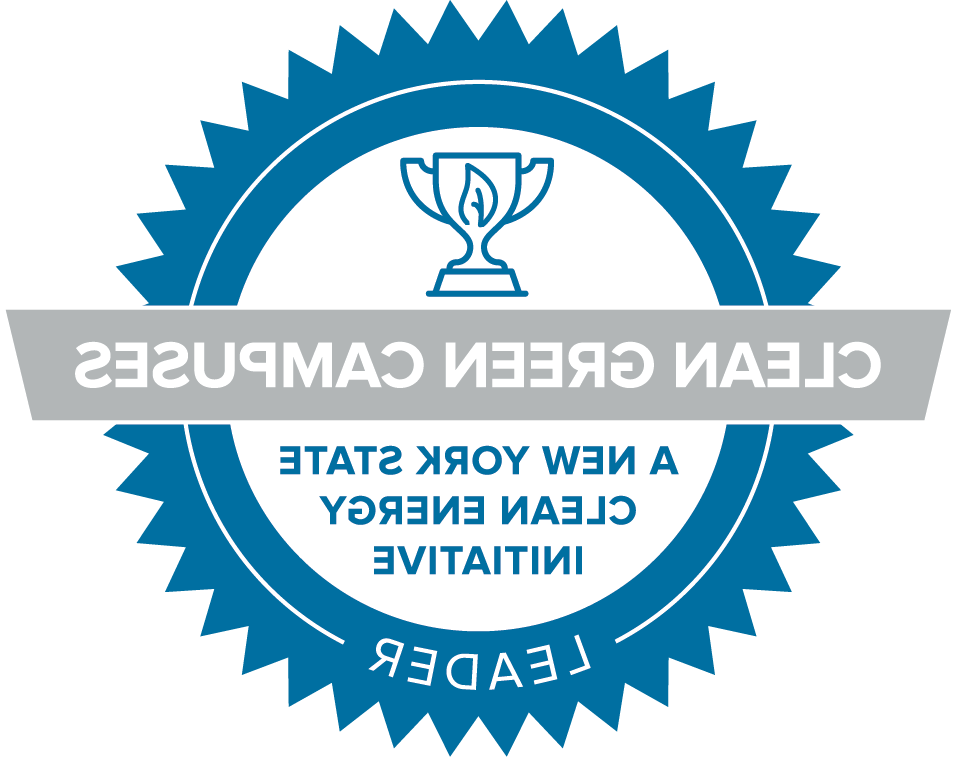Skidmore Community Garden
Our first campus garden came to life in 2009. Since moving to the current space by Wiecking Hall, the Community Garden has operated with the leadership of one annual student Community Garden Manager, who plans the crops in the spring, starts seeds in March, cultivates the garden through 10 weeks in the summer, and wraps up the garden in the fall with the annual Harvest Dinner. This meal features crops from the Skidmore Garden and local produce for an all-vegetarian meal. Dining Services has been a phenomenal partner, helping pull together the menu and supporting student volunteers to prep food. Harvest Dinner 2019 brought out 300 attendees to the Spa dinner, and the 2021 and 2022 dinner held in the Dining Hall served over 1500.
To plug into the garden...
- Get involved by attending our weekly work parties, Sundays 3-5pm in September, October, April and May.
- To stay connected to the happenings of the Skidmore Community Garden, please email garden@sipinglq.com to get on our email list for work parties. We post regular workparty updates on our Sustainable Skidmore Instagram.
In April 2009 the volunteers from the Environmental Action Club, with the support of Facilities Services, broke ground to create the Skidmore College Student Garden. In 2014 there was an opportunity to bring the garden to a more central, visible location on campus. Students, staff, faculty and administrationworked together to find a suitable location for the newgarden and chose Wiecking Green. The new location is more accessible, highly visible and invites everyone to enter and enjoy the space. During this planning process, the group decided to change the name of the garden to the Skidmore Community Garden, representative of the collaborative process and inclusivity that the garden's mission strives to achieve. Students, staff, faculty and other community members are always welcome to enjoy the garden space as a place for rest, reflection, fun and learning.
The garden supplies local food, grown using organic practices, to Skidmore's dining hall. It facilitates a connection to, and appreciation for, the food that we eat and offers hands-on learning opportunities for the Skidmore community. The garden provides an outlet for community members interested in environmental issues, social justice and economic development to learn about the local food movement and the ecology of food. In its first season, the garden produced more than 1,100 lbs of food, and students hosted a "harvest dinner" that served more than 150 students food that was either produced by the student garden or donated by the Saratoga Farmers Market.
 |
 |
| Garden on North Broadway, 2010 | Garden at current site by Wiecking Hall, 2019 |
For a blast to the past, check out the Annual Garden Reports posted on this webpage and/or visit these links below.
- Read the Student Garden blog from the 2014 Garden launch, Can Ya Dig It?
- Students in the Environmental Action Club's Food Group put together an amazing local foods cookbook. Special thanks to Jewels O'Brien '15 and Laura Mindlin '15 for putting a lot of time and effort into this project.
Beginning in fall 2021, Julia Danielsen '22, Emily Chase '22, and Lily Feldman '22 began exploring the feasibility of a campus hoop house, a type of temporary greenhouse, for their senior capstone project.
With the guidance of Lowery Parker, visiting assistant professor of environmental studies and sciences, and under the umbrella of the ESS program’s Food Systems Initiative, they worked closely with local farmers at Pleasant Valley Farms, Old Saratoga Mercantile, 9 Miles East, Native Farm Flowers, and Pitney Meadows Community Farm to gather research.
In spring of 2022, they prepared a budget proposal and feasibility plan for such a structure at Skidmore, managed a 10-week pilot program, and secured funding for a hoop house kit through the College’s capital budget. A faculty-student summer research grant allowed Julia and Emily to stay through the summer to see the project through, and a gift from a private donor through Skidmore’s Sustainability Office funded the purchase of tools and supplies.
Through their work with multiple stakeholders at Skidmore and in the local region, Chase and Danielsen say the experience has shown them the value of community-building, raising environmental awareness, and elevating social resources and learning opportunities.*
Meet Julia and Emily in this short film about the hoop house project:
*This text is from a Skidmore article published August 8, 2022.
Each summer a student manages the garden and creates an annual report highlighting the summer growing season, amount of produce grown and provides recommendations for the next growing season. Check out the take aways season to season from our garden managers of yester-year.
- 2021 Community Garden Report
- 2020 Community Garden Report
- 2019 Community Garden Report
- 2018 Community Garden Report
- 2017 Community Garden report
- 2016 Community Garden report
- 2015 Community Garden report
- 2014 Community Garden report
- 2012 Student Garden report
- 2011 Student Garden report
- 2009 Student Garden report



